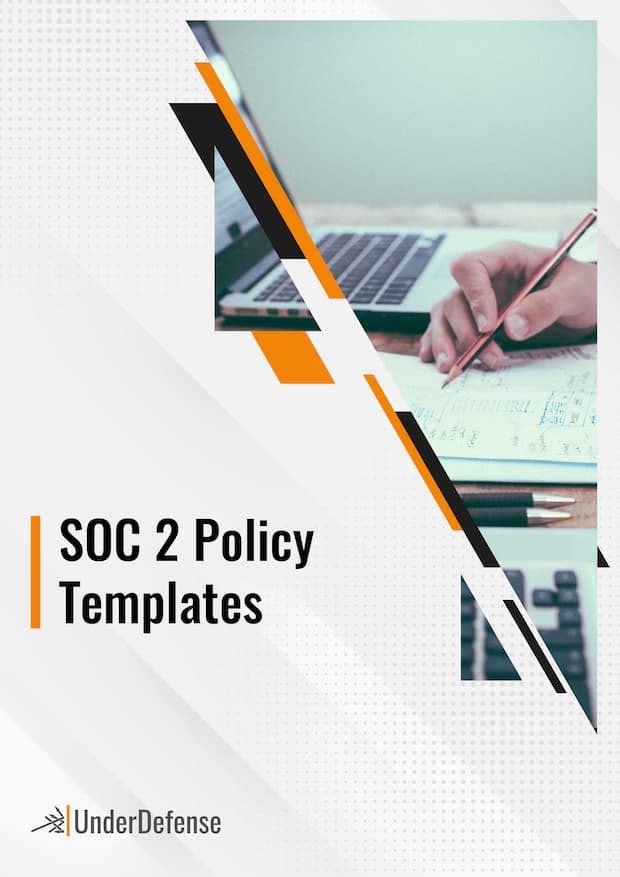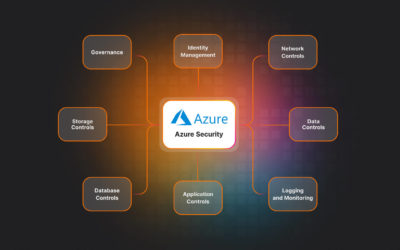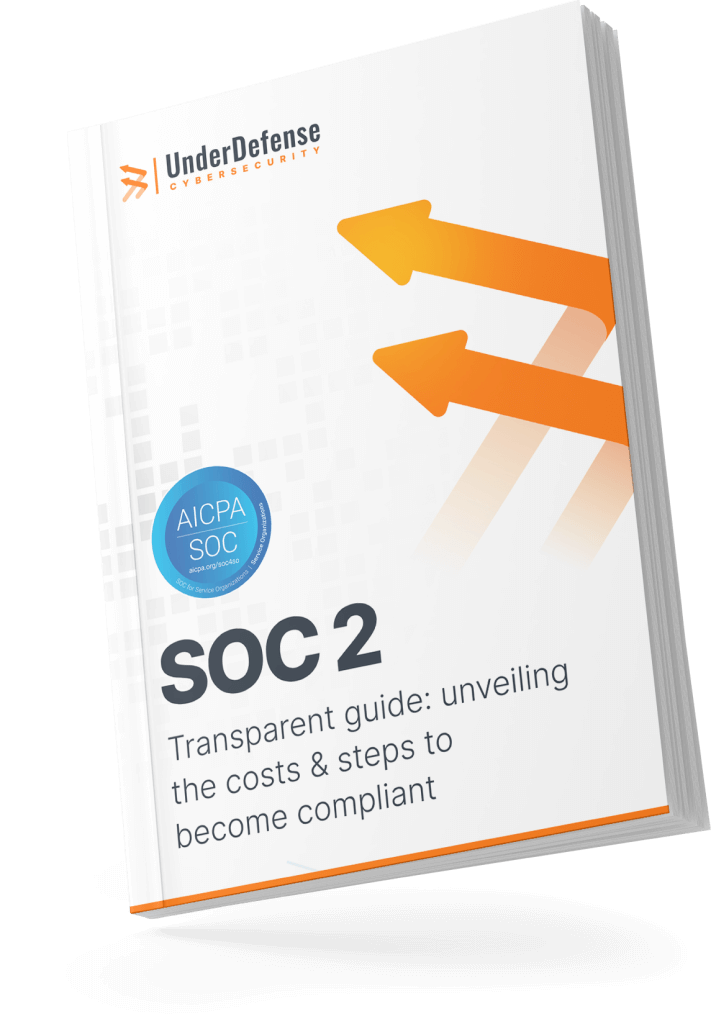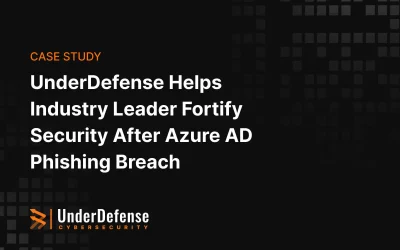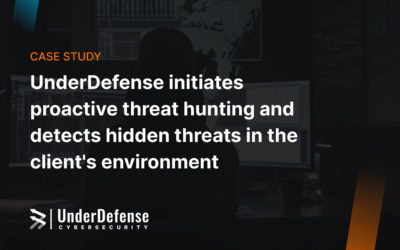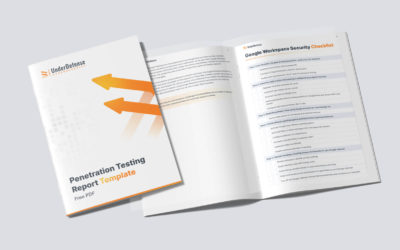SOC 2 (Service Organization Controls 2) is both an audit procedure and criteria that specify how an organization should manage internal controls.
If you need to prepare for SOC 2 compliance but are uncertain how to do it, what to start with, or what to anticipate, it’s important to understand the requirements and steps involved in the process.
In case you are planning for compliance on your own, keep in mind that it’s a complicated and time-consuming task that demands a significant investment of money. You can explore how much SOC 2 certification costs in detail and learn about all the pitfalls. With insufficient experience, the procedure may extend to several years and even after finishing the audit preparation, there is a risk of failure, requiring a restart.
Since SOC 2 compliance is a complex procedure, it may be beneficial to engage the services of an external cybersecurity expert.
In this article, we’re going to provide a comprehensive SOC 2 compliance checklist to assist you in preparing and getting ready for a seamless compliance journey on your own or with a third-party vendor.
Table of Contents
- Pre Assessment
- External Audit
- Supervise fixing gaps found by an auditor until scheduled SOC 2 Type II external audit
1.Pre-Assessment
1.1 Assign Pre-Assessment Team (vCISO, project owner, team leads, etc.)
To get ready for the audit, you can start independently and primarily choose a member of your team as the Project Owner. However, keep in mind that due to the intricate nature of the tasks and the preparation process that requires awareness of all company procedures, you will also need to involve a C-level representative. Without the engagement of senior management and internal specialists, even a hired consultant will not be able to handle this responsibility.
Besides, it’s important to take into account your employees` remuneration and any potential impact on the company’s revenue that may be caused by their departure from regular work duties.
Additionally, to prepare for SOC 2 compliance, it may be necessary to engage a software engineer, a data scientist, a legal specialist, and a technical writer. However, the team’s attention will likely be diverted from other projects, which could result in decreased overall productivity.
Generally, a company must decide whether to increase staff. This is because remedying any issues that arise during the SOC 2 preparation or a transition from SOC 2 Type I to Type II can take up to a year and cost around the equivalent of a specialist’s annual salary. It could add up to more if multiple specialists are needed.
Engaging a third-party service provider can help reduce costs.
1.2 Decide on the applicable Trust Service Criteria
When embarking on the SOC 2 compliance process, the person in charge needs to communicate with the business owner to determine which of the Trust Service Criteria (TSC) are relevant to the specific type of business. The TSC framework covers a wide range of topics, such as physical security and data encryption, and is crucial for ensuring compliance. The first step in preparing a SOC 2 report is to identify the appropriate Trust Service Principles:
During the Pre-Assessment stage, we work with the client to identify which TSCs need to be audited for the SOC 2 report, since not all of them are mandatory. While Security is compulsory, the other four – Availability, Processing Integrity, Confidentiality, and Privacy – are optional, and obtaining a report for each one incurs separate costs. However, it may still be necessary to comply with these criteria depending on the requirements of potential partners. The relevant TSCs are determined by the nature of your business, such as the type of services you provide or the data you manage. The fewer criteria you need to comply with, the shorter the audit process will be.
1.3 Run initial gap-analysis
To prepare for SOC 2 compliance, it’s important to conduct an initial gap analysis to assess the company’s current level of compliance. This analysis helps to identify any areas where improvements are needed and to develop a plan to address any gaps in compliance. By conducting a thorough gap analysis, companies can gain a better understanding of the work that needs to be done to meet SOC 2 requirements and can implement targeted solutions to achieve compliance.
1.3.1 Run interviews
Another essential step is to conduct interviews with key personnel within the organization. These interviews are designed to gather information about the organization’s existing controls and processes. The interviews may involve individuals from different departments and levels within the organization, depending on the scope of the SOC 2 audit. By conducting these interviews, organizations can gain a more comprehensive understanding of their current compliance level and identify any potential gaps or areas that need improvement.
Get certified quickly and continue growing together with UnderDefense
1.3.2 Gather available documentation and evidence
Collecting and reviewing documentation is a vital part of the SOC 2 compliance process. This includes examining policies, procedures, logs, and other relevant documentation to determine whether they meet SOC 2 requirements. It’s also crucial to gather evidence to verify that the controls and processes outlined in the documentation are in place and effective. This evidence can include reviewing system configurations, conducting tests of controls, and other methods to ensure compliance. By collecting and analyzing all available documentation and evidence, organizations can identify areas for improvement and take steps to enhance their compliance with SOC 2 requirements.
1.4 Prepare and deliver a pre-assessment report with included high-level gap mitigation roadmap
Based on the previously collected information, a pre-assessment report is prepared and delivered. It must highlight the areas that require improvement and the factors that may hinder a positive evaluation. Additionally, a high-level gap mitigation roadmap is developed to outline the specific steps that need to be taken to address any deficiencies and complete the required checklist items. The roadmap can be broken down into smaller stages based on the customer’s needs and budget, with estimates for each stage’s expenses, timeline, and overall preparation costs. By following this approach, the organization can better understand what needs to be done to enhance its cybersecurity posture and meet the necessary assessment requirements.
1.5 Gap-mitigation supervision/consultancy
Gap mitigation could be performed either by your staff with no additional cost, or you may engage third-party vendors, which will involve additional costs.
This will help you identify gaps or deficiencies that need to be addressed before the audit.
1.5.1 Preparing missing documentation
To meet the SOC 2 requirements, organizations must establish security policies, implement necessary security controls and safeguards, and conduct risk assessments and business continuity/disaster recovery (BC/DR) planning. Creating the required documentation, such as SOC 2 Policies, SOPs (Special Operation Procedures), and risk assessments, is a complex and time-consuming process that requires significant expertise. While having a secure IT infrastructure is important, it is not sufficient for passing a SOC 2 audit.
This stage involves developing policies and establishing procedures described in SOPs (Special Operation Procedures) that address the relevant trust service categories and generating, collecting, and storing tangible evidence of it.
The policies should be in line with industry best practices and any regulatory requirements that your organization may be subject to.
To ensure that SOC 2 Policies are accurately articulated, it may be more cost-effective to engage with a company that specializes in this area, rather than hiring a full-time Chief Information Security Officer (CISO). Not all compliance platforms offer security policy templates, and sometimes they are incorporated into the price of audit preparation assistance. However, at UnderDefense, we offer free-of-charge open-source SOC 2 policy templates that can be used as templates for modification to fit the specific needs of a business. Our experts can also offer guidance and support through the policy creation process, to reduce the stress associated with SOC 2 compliance and help organizations achieve success in their audits.
UnderDefense advice:
Conducting a penetration test during SOC 2 preparation is not mandatory to pass the audit. Consider the possibility that certain CPAs would want a penetration test report from you. You will fail the certification if you don’t have it, however, if you passed one during the current year, it is sufficient. The report should contain the pentest results, as auditors examine it annually.
Save up to $7000 and a month’s worth of time!
Use these templates to decrease the additional costs of SOC 2 certification
1.5.2 Fix technical gaps
After identifying technical gaps in their IT infrastructure, organizations should implement controls specific to the trust service categories being addressed. It is vital to continuously monitor and review these controls to ensure they remain effective and aligned with the relevant categories. This proactive approach to security can help organizations better protect themselves and maintain their SOC 2 compliance.
1.5.3 Purchasing software license (optional, 3d party vendors)
When providing a scoped service, multiple applications or business functions may be required to help meet SOC 2 requirements. This can include tools such as SIEM, vulnerability scanners, password managers, antivirus software, MDM solutions, and network security devices, as well as services offered by cloud providers. While not all of these tools are mandatory for SOC 2 compliance, they can help meet the requirements. It’s recommended to implement these tools to ease the certification process and ensure all requirements are met.
Managing the security environment may involve backend software, a database, infrastructure, and multiple IT teams, along with management staff who process, evaluate, and report information. Our Managed Detection and Response Service or Network Security Assessment can help you delegate these tasks and responsibilities. The cost of licensed software is a separate expense, but if installation is necessary, it’s included in the price of our services.
1.5.4 Penetration testing (optional, 3d party vendors)
In addition to other costs, it’s essential to factor in the expense of conducting penetration testing as part of your SOC 2 preparation. This test helps identify potential weaknesses in your defenses that attackers could exploit. Security professionals can conduct a variety of tasks to assess vulnerabilities in your applications, network infrastructure, and physical security measures. Whether you hire internal staff or a third-party company, there will be costs associated with conducting the penetration test.
1.5.5 Awareness Training (optional, 3d party vendors)
The SOC 2 framework does not require employee cyber awareness training, however, it is widely recognized as a crucial component of a comprehensive security program. Regular cybersecurity awareness training for employees is typically considered a best practice, but it does come with associated costs. Whether conducted internally or through a third-party provider, annual security awareness training will likely require resources to ensure that all employees participate and that the training is effective.
2. External Audit
To obtain SOC 2 certification, a third-party auditor will need to be engaged to perform an audit. When selecting an audit vendor, it is essential to choose a reputable CPA firm that has experience in performing SOC 2 audits. You may want to consider factors such as the vendor’s reputation, expertise in your specific industry or business sector, the qualifications of their auditors, and their pricing. While working with a well-known auditor can provide brand awareness benefits, it can also come at a higher cost. Alternatively, a less popular firm can offer equally capable auditors at a more affordable price.
The auditor will conduct the audit at a pre-arranged time and review policies, procedures, controls, and documentation to determine compliance with relevant trust service categories. The auditor will also conduct interviews with employees and observe the operation of the controls in action. The auditor may also guide how to prepare for the audit.
Once the audit is complete, the auditor will issue a report that details the findings and provides an opinion on whether the controls meet the criteria set out in the trust principles. The report can be used by the organization to demonstrate its commitment to security and compliance with customers and other stakeholders.
What evidence does the auditor require during certification?
In the process of compliance and audit, evidence documentation is crucial. Organizations will be required to submit documentation indicating and emphasizing how the established policies, procedures, processes, and measurements adhere to the compliance requirements. The auditor should receive this official documentation to confirm your organization’s compliance status.
Despite the fact that the types of evidence required for SOC 2 audits vary depending on the engagement, they can be categorized into the following groups:
- Human Resource Documentation
- Management Description
- Technical Security Documentation
- Risk Assessment
- Administrative & Security Policies
- Third-Party and Vendor Management
3. Supervise fixing gaps found by the auditor before the scheduled SOC 2 Type II external audit
In the process of obtaining SOC 2 Type I certification, any identified nonconformities will need to be remediated. The certification must then be renewed on an annual basis. To achieve SOC 2 Type II certification, the evidence must be provided to the auditor demonstrating that all nonconformities identified during the Type I audit have been corrected. Additionally, it may be necessary to conduct an MDR or Network Security Assessment at some point.
Risk of Independent Preparation for Certification:
Preparing for certification without consulting services can save money, but it can also be difficult owing to a lack of resources and experience. The preparation may also cause a slowdown in corporate operations, and audit fees are non-refundable. Hiring a consultant may boost the likelihood of passing on the first try, but it comes at a cost.
Benefits of Preparation for Certification With an InfoSec Consultant:
If a company is uncertain about its financial capability and needs more knowledge, time, or resources to prepare for SOC 2 compliance, it’s advisable to engage an external consultant. Finding a reliable contractor to oversee certification preparation can be challenging but worthwhile. Hiring a virtual chief information security officer (vCISO) or other qualified experts can save time, cut costs, and ensure successful certification. They can provide expert assistance at all stages and better planning for the challenging duties involved in the process.
The consultant can assume responsibilities for pre-assessment and implementation, reducing up to 80% of the workload.
Pros: | Things to consider: |
Improved understanding and preparation for SOC 2 audits | Finding a trustworthy contractor that pays attention to every stage is challenging, so thorough research is essential before making a choice |
Professional guidance available at all stages, including implementation | Additional expenses are typically reasonable because it allows other staff members to focus on their primary tasks instead of being drained by SOC 2 compliance preparations |
Full guarantee of successful certification |
Are you looking to obtain SOC 2 certification?
Get in touch with UnderDefense to become SOC 2 certified with confidence
Being prudent makes all the difference
SOC 2 Certification Policy Templates are available on our website if you are ready to begin this process independently and are confident in your skills. Request SOC 2 Certification Policy Templates now to get started.
At UnderDefense, we offer comprehensive cybersecurity compliance services designed to assist businesses at every stage of their SOC 2 certification journey. Whether you’re just starting with the Pre-Assessment phase or need support during the External Audit, our expert team is here to guide you.
We will help you to handle all that is needed to get SOC 2 compliant:
- Conduct a Readiness Assessment
- Define the necessary Trust Service Criteria
- Build a detailed Roadmap
- Adapt and prepare SOC 2 Policy for your organization
- Get specialists who will help at every stage of certification preparation (vCISO)
- Choose software that will meet the certification standards and will help you install and configure it
- Conduct Security Awareness Training
- Conduct a Penetration Test if you have not done it yet
- Decide on the auditing company
- Close SOC 2 security monitoring requirements by providing SOC (Security Operations Center) service
By hiring a qualified virtual chief information security officer (vCISO), you can avoid much of the stress and tedious work, save time, and cut costs.
Get advice on passing the certification by contacting our sales department. We’d be happy to assist you anytime and share your joy after achieving SOC 2 Certification!







